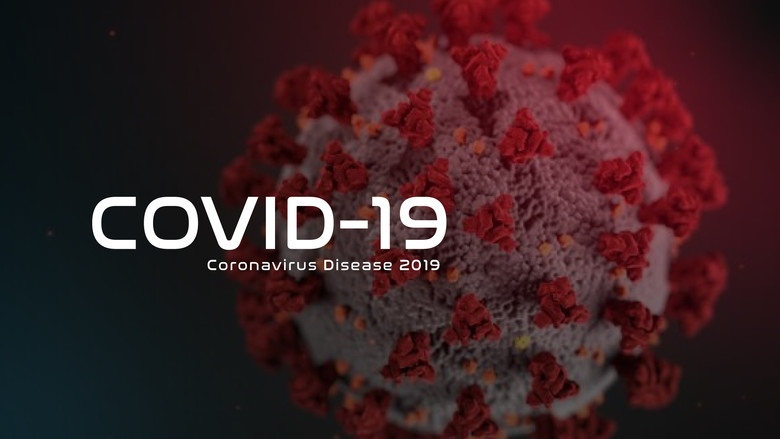
This article from Christianity Today is very helpful in explaining why early response is critical to contain a virus like COVID-19. Excerpts here:
Seventeen years ago, I was working for the World Health Organization (WHO) in Beijing when the SARS coronavirus epidemic broke out in China. I was thrust into leading much of WHO’s support to China and worked 24/7 for over three months to help contain that epidemic. I saw firsthand the effects of SARS on the people of China, the extraordinary social distancing efforts undertaken by the government, and the cost that the society paid to contain that epidemic…
Several factors have come together to help the COVID-19 effectively and stealthily invade our community without notice.
First, it is hard to know whether you have COVID-19 or just the common cold. Eighty percent of people with COVID-19 have mild symptoms like fever, cough, runny nose, and general tiredness, which matches the common cold. This means a person may be carrying and transmitting the virus without knowing it.
Second, you don’t have to be around an infected person to get infected. Infected people can cough and generate respiratory droplets, which then land on nearby surfaces. Or people with the viruses on their hands can deposit the viruses onto a door handle when they open the door. Because these viruses can stay alive on surfaces for at least several hours, people who touch a surface with the viruses on it and then touch their nose or eyes can become infected.
Third, about 20 percent of infected people develop a more severe illness and may need to be hospitalized; 3 percent of all those infected die. However, the virus is particularly aggressive among the elderly and those with chronic illnesses, resulting in a death rate several times higher for these vulnerable individuals.
Therefore, this virus is particularly difficult to control because it causes complacency among the vast majority of people who have the infection, which facilitates its transmission from person to person while causing the greatest harm to the most vulnerable individuals.
Adding to the difficulty is the fact that we currently do not have enough test kits to diagnose this infection. Right now in Seattle, there are barely enough tests for those admitted to the hospital with pneumonia. Though more tests should become available soon, we need to make testing so widely available in Seattle that anyone who wants the test can get it. Only then can we shine a light on the real size of this outbreak, which is what is needed to contain it…The virus can be beat. All around the world, there are many examples of COVID-19 entering a community and then never gaining a foothold—all because people apply basic public health principles. There is nothing sexy about rapidly identifying and isolating infectious cases and their contacts. But it works. However, it needs to be applied aggressively and effectively right at the start.
Daniel P. Chin, Christianity Today
Unfortunately, what we see over and over is that the response is late. By the time the virus gains a foothold in the community, beating it requires much more aggressive social distancing. I believe this virus is already firmly established in many of our communities. Even so, many churches are reluctant to act. By the time an outbreak spirals out of control—like the ones in China, South Korea, and northern Italy—extreme social distancing measures, like locking down cities or regions, become necessary. But the social cost of such extreme distancing will be high, not to mention the economic cost.
Read the full article here.
